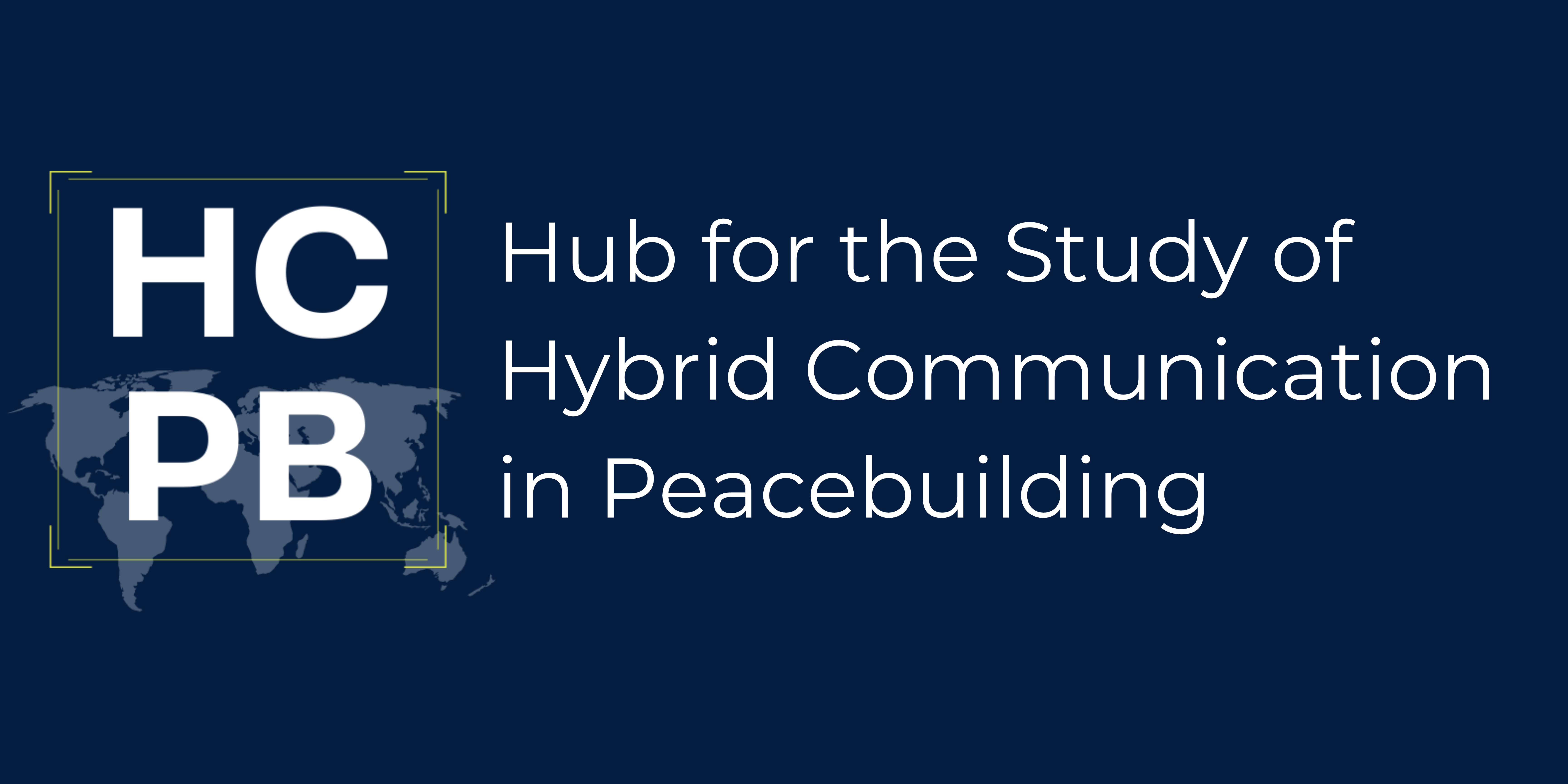HCPB MEMBERS BLOG
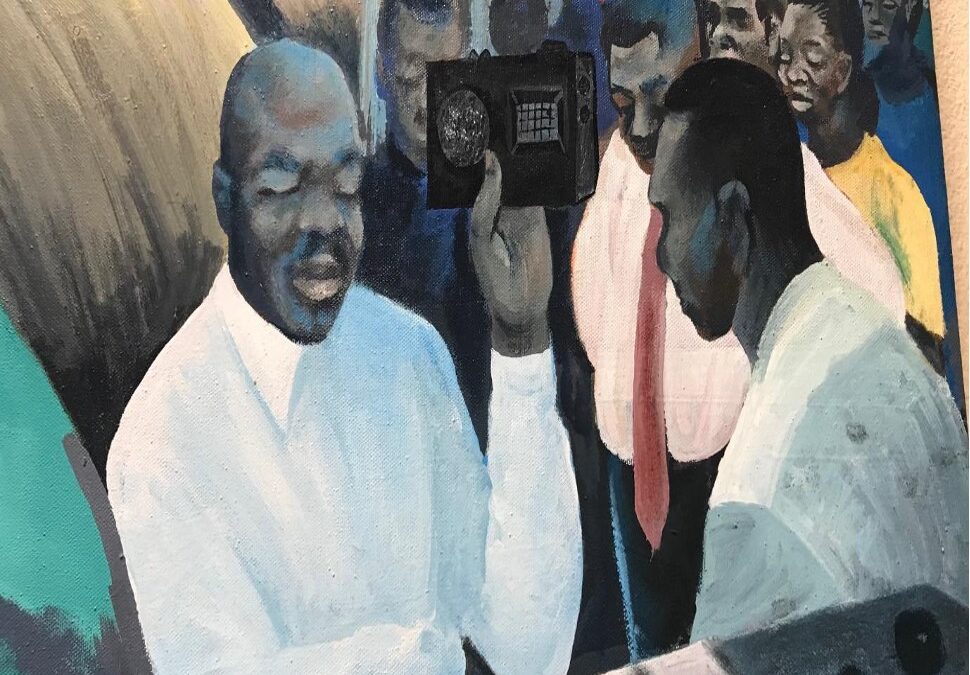
The new role of the radio within post-conflict contexts: Assisting in the rebuilding of a destroyed civil society
By Jean-Claude Kayumba (University of Sheffield) Paint by Cheri-Cherin for Radio Okapi’s expatriates leaving staff (2007) Radio plays a significant role in trying to reconcile a divided society, empowering its citizens for a better future. While in some parts of the world the role of radio is not what it used to be, radio is still high in demand in other parts of the globe (Jacob, 2017). Despite being the oldest form of broadcasting, and despite the emergence of new types of media, radio with...
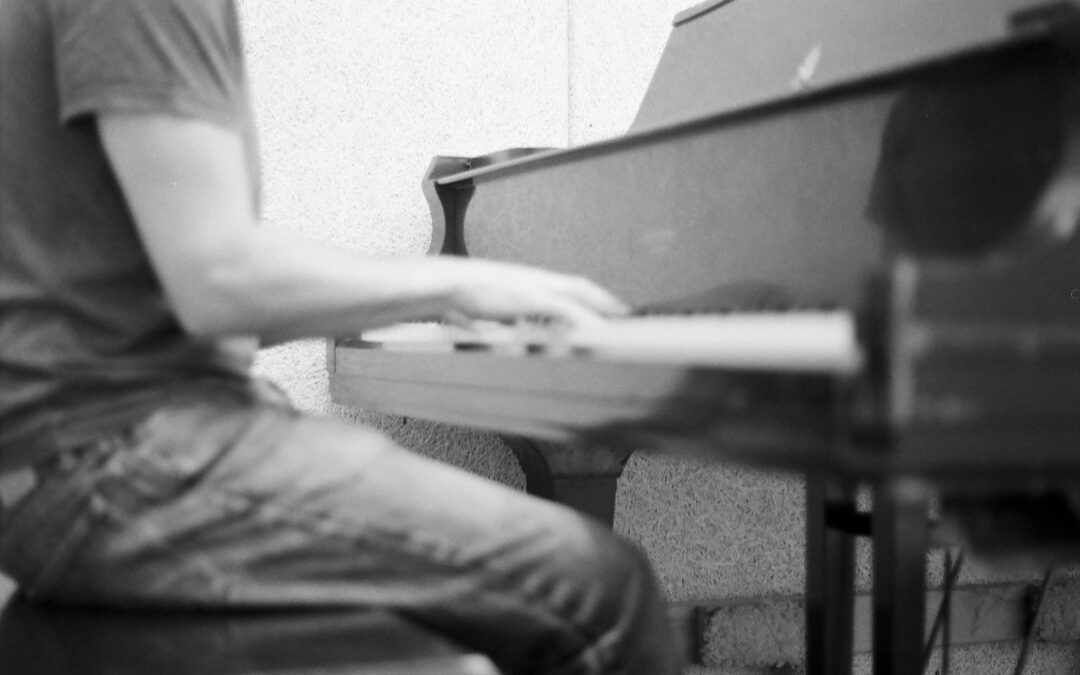
Songwriting and Peacebuilding
By Jesse Matas We do not have many soliders but the sunlight shimmers on each face - words sung at the ten-year anniversary of the Baltic Singing Revolution (Šmidchens, 2014) When I think of a story like that of the Baltic Singing Revolution, a non-violent revolution fully realized by people singing songs (which achieved its goals of political independence and establishing diplomatic ties with the Russian Federation) one of the first questions I have is: where did these songs come from? It can...
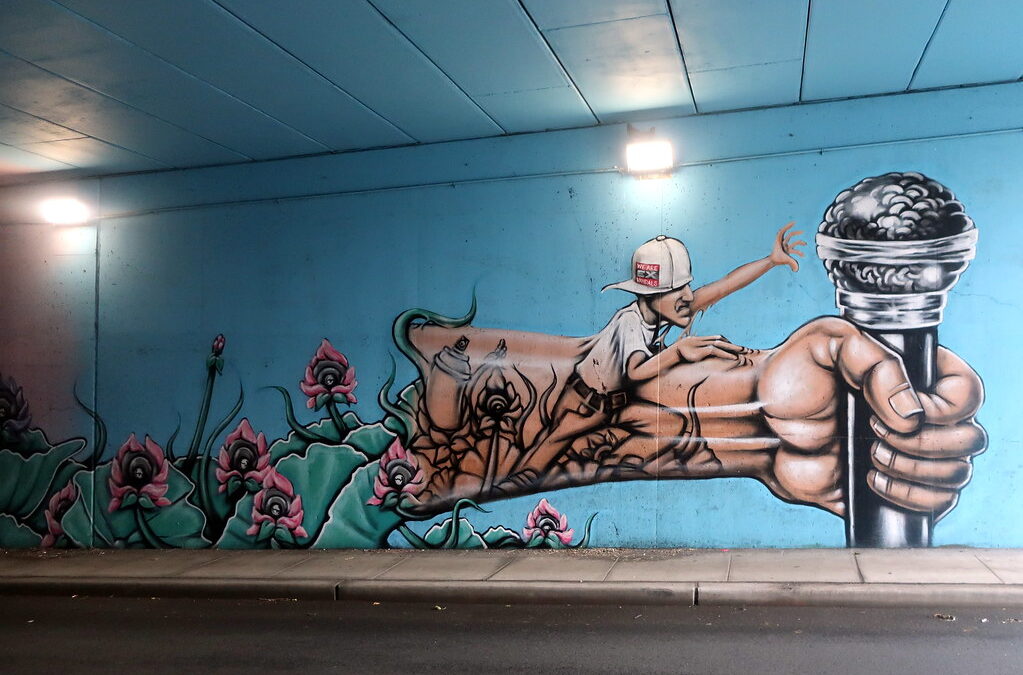
Exploring the role of grassroots hip hop organizations in engaging youth in peacebuilding in Medellin, Colombia
By Teresa O Bradaigh Bean and Ruth Daniel, In Place of War Introduction Hip-hop culture, consisting of four artistic elements of breakdancing, MC-ing, graffiti and DJ-ing, is a global phenomenon with local scenes across the globe. As a form of popular culture, it does not immediately appear to be a suitable tool or strategy for building peace, often regarded as a youth subculture, a fashion or a fad. However, within the field of peace and conflict studies, there is an increasing body of...
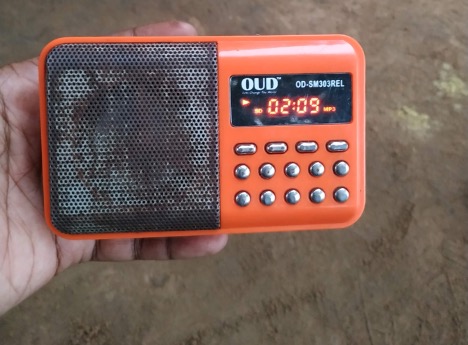
The role of communication technologies in Adivasi protest at Silinger
By Sreedhar Nemmani[1] & Rashmi Kumari[2] It was in the wee hours on 8 August 2021, in the interior parts of Bastar region in the southern part of Chhattisgarh State in India, when faint notes of a tune in the local Gondi language wafted towards us. As we walked further away from the settlement and towards the forest, the tunes grew louder. While we could not comprehend the language, we could identify those tunes to be part of the genre that is often played in the tribal areas of Bastar –...
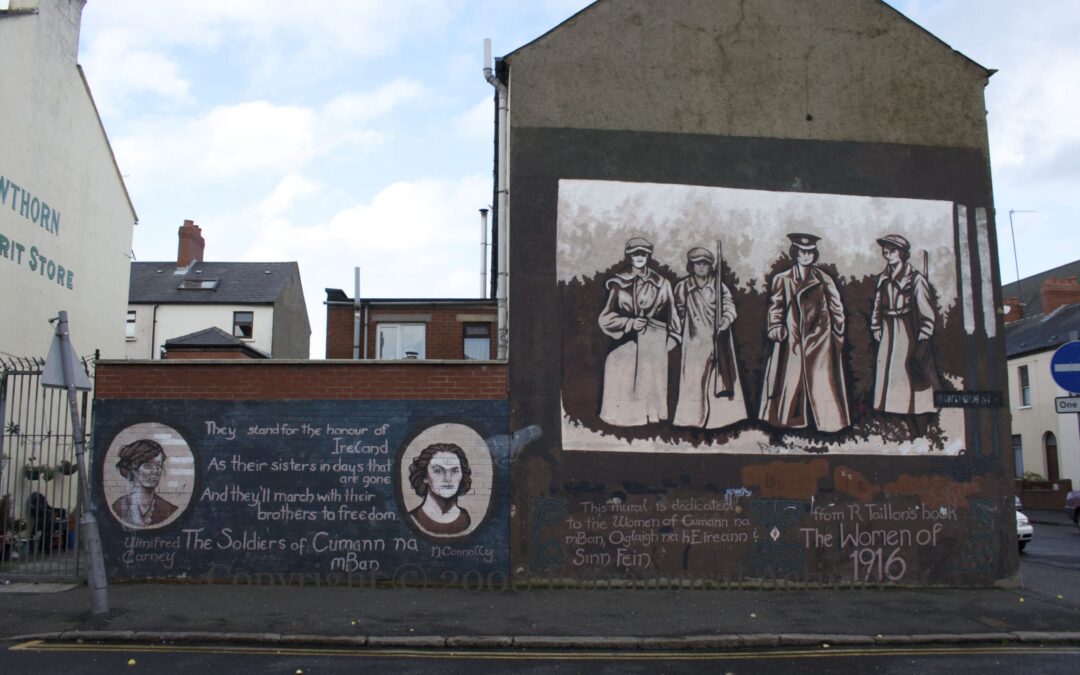
Women on the walls in Belfast: murals and representations of women in conflict
By Marie Migeon, University of Basel Introduction In Belfast, political debate has been taking place through visual representations and especially through murals since the 1980s (Jarman 1998; Rolston 2003). They fulfil a variety of roles, spreading political claims in public space, featuring wishes for the future of Northern Ireland, and showing specific memories of the conflict. Like most representations of conflict, these murals tend to leave out women, as they are expected to be ‘outside’...
